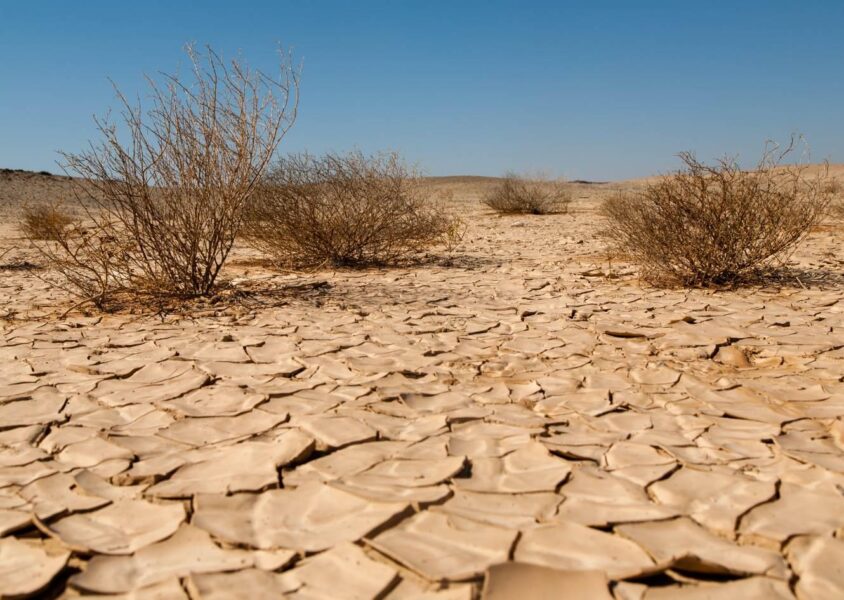Desertification Is Spreading Fast

Desertification is the process by which fertile land becomes desert-like, with little or no vegetation and low productivity. Besides, it is a serious problem that affects millions of hectares of land around the world. It can have a range of negative impacts on ecosystems, food security, and human well-being.
Soil is a vital component of the Earth’s ecosystem. It perfors important functions such as water and nutrient cycling and providing a home for various plants, animals, and microorganisms. It is also the foundation of global food production, as almost all the world’s food grows in soil. Without soil, it would be impossible to grow crops, and human civilization would not be able to survive.
Desertification leads to soil degradation and loss of soil fertility. Moreover, desertification is usually a result of overgrazing, deforestation, and climate change. These factors can alter the soil’s physical, chemical, and biological properties and make it less suitable for plant growth.
It is challenging to estimate the rate of desertification accurately. It depends on various factors, including the specific location, the underlying causes of desertification, and the effectiveness of efforts to address it. However, desertification is generally a significant global problem affecting millions of hectares of land worldwide.
According to the United Nations Convention to Combat Desertification (UNCCD), around 1.3 billion people in more than 110 countries are affected by desertification. Around 12 million hectares of land are lost to desertification each year. It can have a range of negative impacts on ecosystems, food security, and human well-being.
Save Soil To Stop Desertification
Several measures can stop or prevent desertification:
Sustainable land management practices: These include techniques such as conservation tillage leave crop residue on the soil surface to protect it from erosion. The use of cover crops, which can help to maintain soil fertility and prevent erosion is an important practice.
Reforestation: Planting trees and other vegetation can help stabilize the soil. Trees prevent erosion, provide habitat for wildlife, and increase water availability.
Water management: Proper irrigation and water conservation practices can help to prevent soil erosion and maintain soil moisture levels, which is essential for plant growth.
Adaptation to climate change: As climate change can be a major driver of desertification, it is important to adopt practices that help to reduce greenhouse gas emissions and adapt to changing conditions.
Community involvement: Engaging local communities in the process of addressing desertification can effectively promote sustainable land use practices. It can raise awareness about the importance of soil conservation.
Sadhguru Is The Force Behind The Movement
Sadhguru is a spiritual leader and founder of the Isha Foundation, a non-profit organization based in India. Isha Foundation works on various issues, including environmental conservation, education, and human rights. One of the initiatives the Isha Foundation has undertaken is the “Save Soil” movement. It aims to address the problem of soil degradation and desertification in India.
The Save Soil movement promotes sustainable land management practices, such as using cover crops, intercropping, and agroforestry, which can help maintain soil fertility, reduce erosion, and increase land productivity. The movement also raises awareness about the importance of soil conservation and the need to adopt sustainable land use practices.
The Save Soil movement is one of many efforts to address desertification and soil degradation worldwide. It is a significant problem that requires a multi-faceted approach to address. A range of measures can prevent or stop desertification—for example, sustainable land management practices, reforestation, water management, and adaptation to climate change.